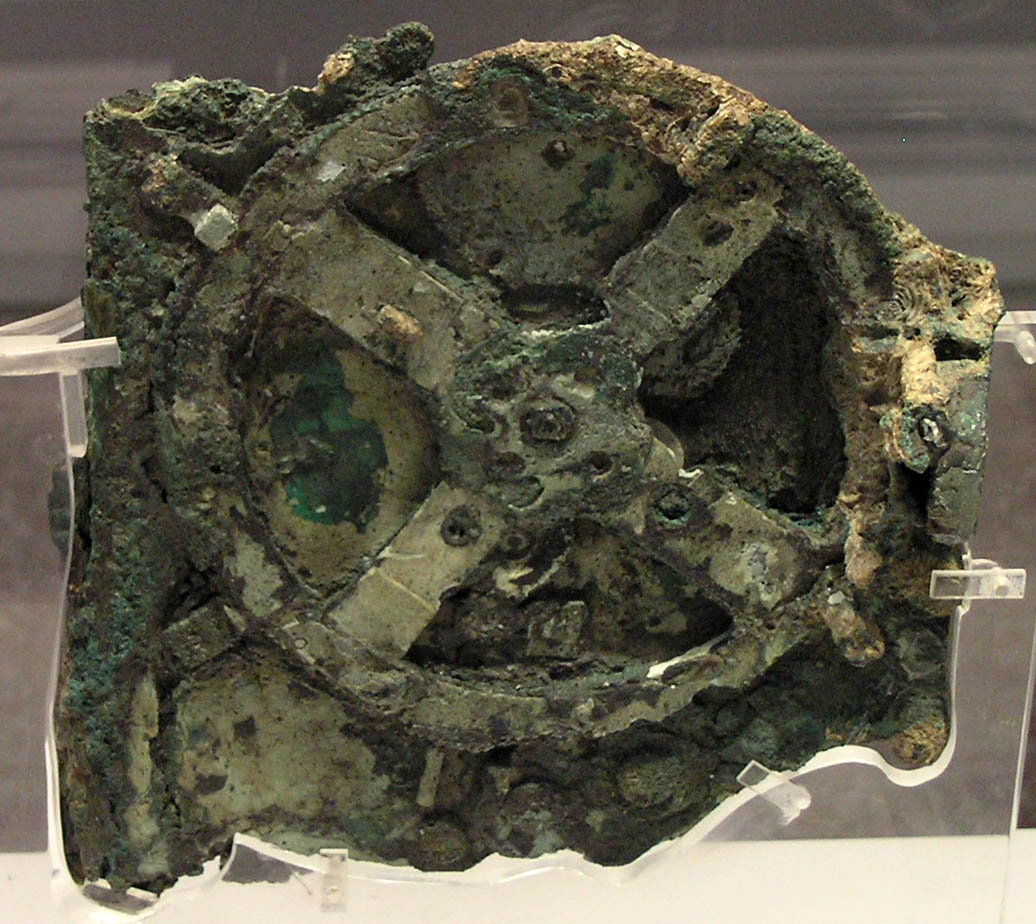For the last 50 or so years I have lived in a household that received a copy of National Geographic each month.
How it started I cannot say for sure. I did eventually find out that my grandmother gave subscriptions as a Christmas gift. Later, when she passed away, I took up the mantle and have given gift subscriptions to family, employees, and others as gifts. I have done so for probably for the last 25 or so years.
As far back as 1963 I remember the excitement each month when a new issue would arrive. I was probably in second grade or so so the text was pretty much beyond my ability - but the images - well, that was another story.
I grew up in rural farm land on a one mile square block. Most everyone I knew lived on a farm and, as a kid, I often rode my bike to my friend's house to work. As for entertainment - there wasn't much. We had a B/W television and a radio. Fortunately (or not) we lived about half way between Chicago and Milwaukee and could get maybe 5-6 TV channels - mostly duplicates - but not always.
Nothing much changed from day to day or year to year in those days - rural life progressed slowly. Big cities, exciting events, travel, all this, was a world away - except when the National Geographic arrived.
I distinctly remember to this day a copy from that time and its cover. It had a mushroom-shaped underwater habitat created by Jacques Cousteau and his diving team. Though I couldn't make out the text I could follow the pictures and some of the captions. They fascinated me. Mysterious devices and animals, strange French foods at their dining table - all things which I had not contact with and had never seen before.
Other issues arrived with stories on the Mercury, Gemini and Apollo space missions, archeology, and other deep sea diving adventures: the Alvin uncovering Greek ship wrecks, the bathyscaphe Trieste, and many others like the discovery of the Antikythera mechanism (image above). There were many issues on caves and spelunking, bats, underground rivers and diving.
The most important element in all of this to me as I reflect is that I had to use my imagination to fill in what I could not read or understand. Save for the odd Jacques Cousteau TV special or Walter Cronkite covering a space mission there was not video or audio to fill in the gaps - only my imagination.
Only one of my seven grandchildren one has been bitten by the National Geographic bug. The rest watch TV, videos, or the computer I suppose as most children do.
He brought his copy over to the house a few weeks ago. He's four. "Pa pa, look at this..." he says pointing to some insect or other interesting thing on one of the pages. My daughter tells me he loves receiving a new copy and that he makes his parents go through each page and talk about what's there. Sure, he watches TV, videos, cartoons like the rest, but with this one that spark of interest burn bright.
So why am I boring you with this sad reflection on childhood past?
It's relevant to print. Print, particularly things like a National Geographic, offers a static view for a child. Its not a video, it doesn't fill in all the gaps, it doesn't tell you the story so you don't have to think. You can lay with in on the floor and study it at your own pace. You can take it to bed and peer at it in the moonlight when you're supposed to be sleeping.
Its a silent friend that doesn't wake up mom, dad or your little brother.
As print dwindles away in our culture we replace it with something which we think is better and more exciting - video, laptops, iPads and audio. But its not. Instead we are using this rob a generation of their imaginations.
How do we do this? By filling up our children's time so they don't have to think on their own. As a child I gravitated to these magazines because I was bored. I learned to find excitement and interest in their pages on my own and at my own pace.
Today we think about print as an industry. An industry threatened with obsolescence. How do we make our living without out it, and all the rest. This is wrong.
Instead we need to focus on what is good about print and how we can preserve what's important about it for future generations. Will the National Geographic my grandson loves be around as he passes into adulthood? Almost certainly - but perhaps not in print - which will be a shame...

No comments:
Post a Comment